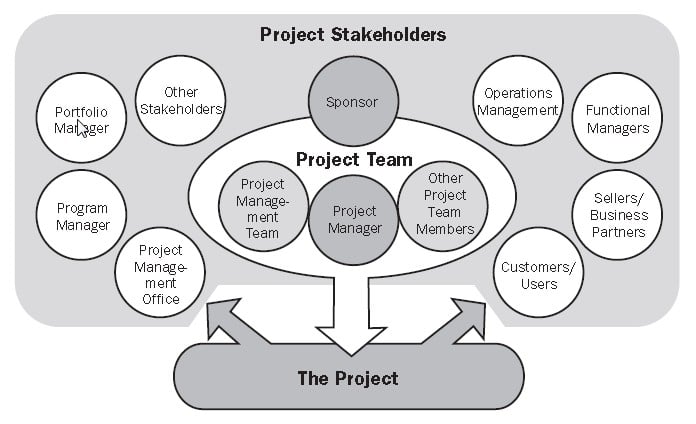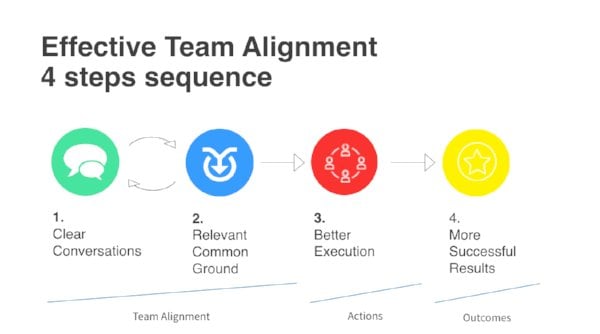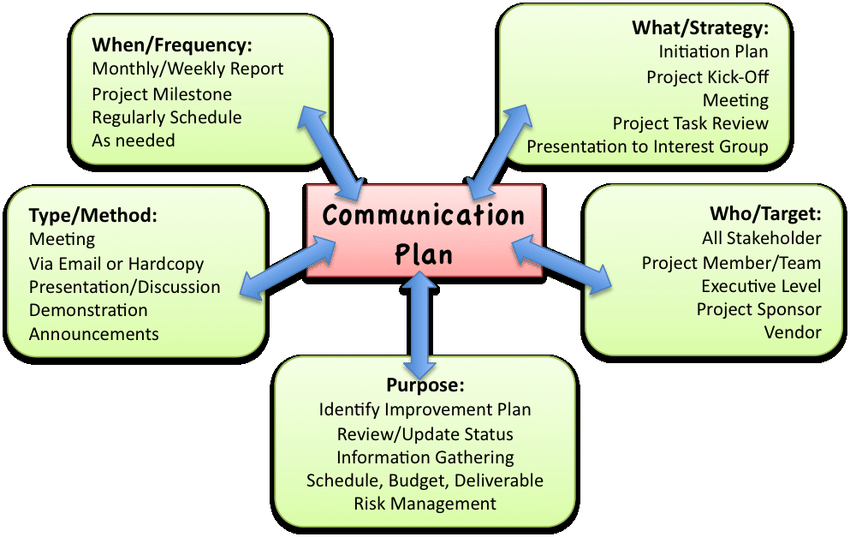7 Must-Try Strategies for Effective Project Team Management in 2021
“With great power comes great responsibility”— This is so true for Project Managers. Working as a team member is much easier than actually managing the whole team and taking responsibility to accomplish a project with success. For every Project Manager, team management capability is an essential skill for success. You need to inspire your team to work efficiently, improve their team spirit, and ensure that the project team’s full potential is utilized without making the team feel overloaded.
Effective project management in an organization helps yield better results, contributing to business growth. For effective project team management, it is not enough to be aware of project management fundamentals, rules, online tools, skillsets, and best practices. First, you need to understand what makes up a project team, the various project team roles, and how project team composition works in your organization. If you already know the basics of project management, keep reading to know what you can do next.
What Does a Project Team Do?
An active project team includes the Project Manager and a group of people who work together to achieve project objectives. Here are project management team roles for an effective team:
- Project Manager
A Project Manager's role is the most vital one on a project management team, the lead role in a project. Here are the key responsibilities of a Project Manager:
- Develop a project plan.
- Manage the team and deliverables, according to the decided plan.
- Lead, manage, and motivate the project team.
- Determine the methods used in the project.
- Establish a project schedule and help the team to achieve milestones.
- Assign tasks to individual team members.
- Keep upper management updated, regarding the project status.

Source: Mudassir Iqbal
- Project Team Member
Project team members are anyone who actively participates in various phases of the project lifecycle. Here is a generalized outline of the team members’ responsibilities:
- Follow the Project Manager’s instructions.
- Keep the Project Manager updated with every project detail.
- Contribute to accomplish the project.
- Complete individual deliverables.
- Provide expertise to meet requirements.
- Work with end-users to determine and meet business needs.
- Process documentation.
- Project Sponsor
The Project Sponsor is a member of senior management with a stake in the project’s outcome. A Project Sponsor works closely with the Project Manager, helps resolve conflicts, and removes obstacles to ensure project completion. Here are the key responsibilities of a Project Sponsor:
- Contribute to key business decisions for the project.
- Ensure availability of resources.
- Communicate the project’s goals throughout the organization.
- Approve the project budget.
- Business Analyst
A Business Analyst is someone who recognizes the requirements of your company and suggests solutions to problems. They can help to make the most of project deliverables. Key responsibilities of a Business Analyst include:
- Document technical needs of a project and business requirements.
- Ensure project deliverables meet business requirements.
- Test solutions to validate objectives.
7 Strategies to Implement for Effective Project Team Management
For effective project team management, you need to inspire your team to participate actively to achieve the desired project goal. Here are the seven most effective strategies to help you manage your team’s efficiency and achieve the desired outcome:
1. Implement BECC
B = Bond,
E = Empathize,
C = Connect
C = Communicate
BECC is a four-step team management strategy that is very effective in building an efficient project team. A strong bond with your team members, understand and share thoughts of you and your team, encourage the team in active participation and welcome their thoughts in decision making, and use clear communication—these four aspects are strong pillars of effective team management.
It is good to allow your team autonomy, to some extent, so they can have the freedom to complete their tasks rather than suffocating from strict guidelines. By practicing supportive leadership, you can let your team know you care about them to encourage their involvement.
2. Map and Align
A few years ago, a survey by Clear Company revealed that 97% of employees and executives believed that lack of alignment within a team affects the outcome of a project.
Team building in project management is not enough to achieve success; good time management is also crucial.

Source: Twitter
First, you need to attach tangible timelines to each team member’s role and, then, align them to weekly goals. But, this team management task is not easy to do manually; project management software can help. Individual timeline management can be easy with team project management tools. The tools also help keep team members on a defined schedule and help them track their performance and activity during the project’s lifecycle.
Secondly, align the project scope with individual team members’ objectives. This will help each member understand how their individual objectives relate to the bigger picture of project completion and success. Otherwise, your team members might not understand the importance of their individual efforts.
3. Effective Communication

Source: ResearchGate
Project success is always a team effort; multiple internal and external entities influence the success of a project. A Project Manager's responsibility is to keep your team motivated and engaged throughout the project’s lifecycle. Effective communication is key to do this in any professional environment. Apart from directing the team toward project success and aligning everyone’s interest to ensure their investment, effective communication also allows you to stay on top of project risks before they become a threat. As you regularly communicate with the team, they are able to share their concerns and challenges in project management. You can use that information to mitigate risks proactively.
4. Conflict Management
It is a major challenge for a Project Manager to manage people of different personalities, interests, and beliefs. The majority of people (85%) have reported that they have experienced some kind of conflict in their organization.
Therefore, conflict management is a vital part of effective team management. Here are efficient ways to handle conflicts tactfully:
- Take everyone's viewpoint, and try to see the conflict from each person's perspective. This will help to understand the situation better and come to an effective solution.
- Identify the individual’s agreement and disagreement points, and try to develop a common ground for a mutual agreement.
- Be alert about your own body language and attitude, and avoid any personal biases while resolving a conflict. Your team members must not feel that you’re being unreasonable based on personal grounds.
- A Project Manager must act as a mediator when resolving a conflict. One must be neutral and try to help the team by providing guidance to resolve the situation.
5. Culture of Collaboration
A collaborative atmosphere is vital for any team to perform its best. No team member should feel hesitant to discuss any issue they face while completing their assigned tasks. Regular meetings, including everyone, can be an effective solution to create a thriving environment. There are multiple social messaging tools available for a team to collaborate virtually every day. Slack, Yammer, and Socialcast are the three most commonly used social tools for virtual collaboration through group messaging, private messaging, and file sharing.
6. Value Suggestions and Discuss Progress
No one can have all the ideas, so it is good to welcome suggestions from your team members. An idea can come from anyone, regardless of their role or position. Discussion encourages creativity and promotes innovation. Both are vital to optimize your processes and improve the performance of your team.
The Agile approach focuses on providing equal opportunity for everyone to come up with ideas and let the team choose the best one through discussion. Even when an idea is discarded for a genuine reason, it’s your responsibility to explain why, appreciatively, and encourage your team to keep on participating actively.
7. Reward Excelling Members
According to a Global Recognition Study, 78% of US workers have reported that recognition motivates them in their job, whereas 69% of employees confirmed that they'd work harder if they felt that their efforts were better appreciated.
It is essential for effective team management to understand your team members, their needs, desires, and incentives. Recognition and reward are two crucial things to keep your team members motivated. Even a simple verbal pat on the back can motivate the team to continue contributing to the team. To improve motivation in your team, you need to address their needs first. A rewarding system will not only improve the motivation of your team but also create an atmosphere of healthy completion.
Team management is crucial for the success of any project, and a Project Manager is the one who manages the team and motivates the members to contribute to the project's lifecycle. It is all about working in sync with your team, helping them collaborate, and improving productivity. Along with team building in project management, incorporating a positive attitude and implementing project management software and tools allow teams to work better collaboratively.